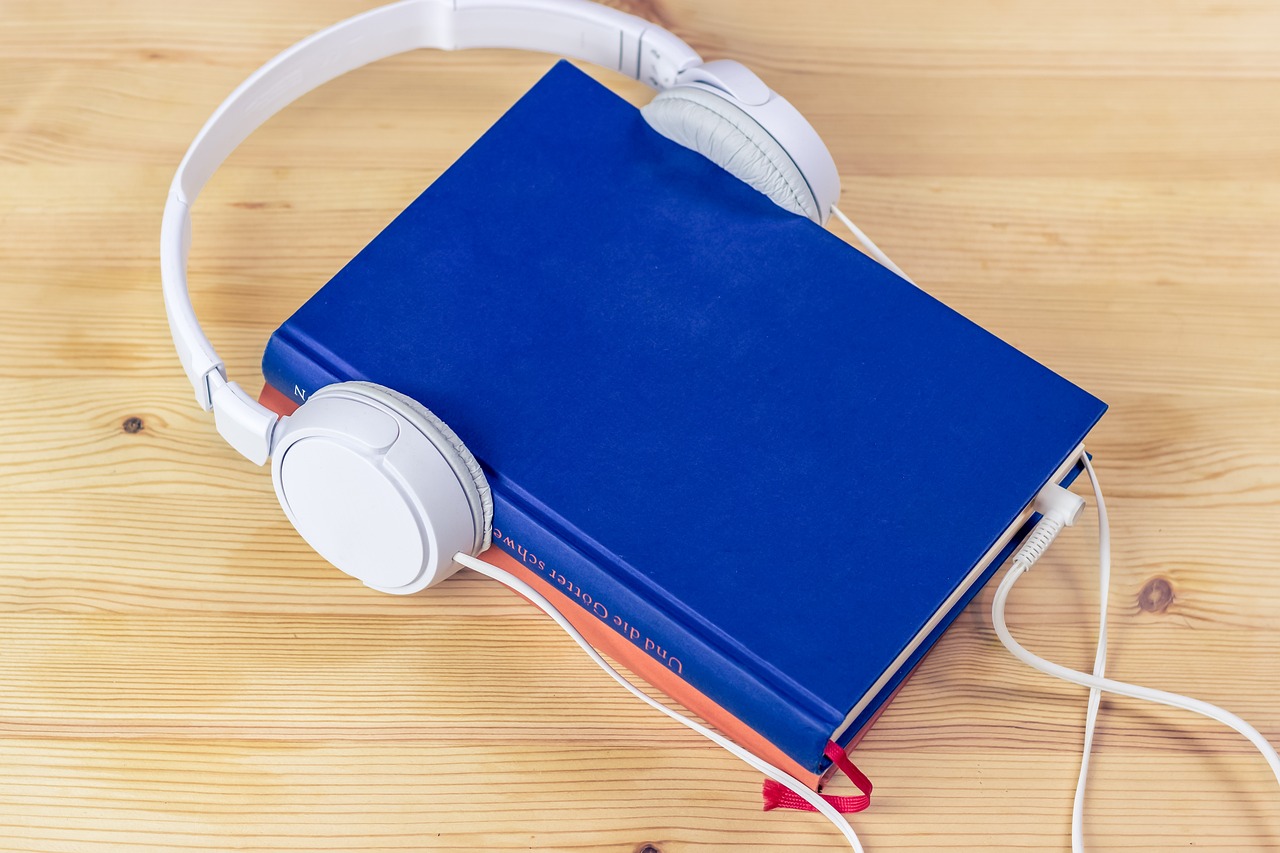The Role of AI in Personalized Language Learning
The integration of AI in personalized language learning has revolutionized the way individuals acquire new language skills. By tailoring teaching methods to meet the unique needs of each learner, AI systems can create a more dynamic and effective learning environment. Through the analysis of user data and behavior, AI algorithms can provide personalized feedback and recommendations, enhancing the overall learning experience.
Furthermore, AI technologies can adapt to individual learning styles and preferences, offering a more customized approach to language acquisition. This adaptability allows learners to progress at their own pace and focus on areas that require improvement, ultimately leading to greater proficiency in the target language. By providing real-time feedback and support, AI in personalized language learning empowers students to take control of their learning journey and achieve their language learning goals more efficiently.
Understanding Individual Learning Styles
When it comes to learning, everyone has a unique style that suits them best. Some individuals prefer visual aids, such as diagrams and charts, to grasp new concepts effectively. On the other hand, some learners excel when information is presented to them audibly, allowing them to process and understand the material more efficiently. Understanding these preferences can significantly enhance educational outcomes and make the learning experience more engaging and productive.
Furthermore, there are learners who thrive in hands-on experiences, where they can physically interact with the subject matter. Kinesthetic learners, as they are known, absorb information best through tactile activities and practical applications. Recognizing and accommodating these diverse learning styles is crucial in providing personalized and effective education, catering to the specific needs of each individual student for optimal growth and development.
What are the benefits of AI in personalized language learning?
AI in personalized language learning can adapt to individual learning styles, provide real-time feedback, offer customized learning materials, and track progress efficiently.
How can understanding individual learning styles improve language learning?
Understanding individual learning styles allows educators to tailor teaching methods to suit the unique needs and preferences of each learner, leading to more effective and engaging language learning experiences.
How can individuals determine their own learning style?
Individuals can determine their learning style through self-assessment tools, observation of their preferred study methods, and feedback from teachers or peers on what methods work best for them.
What are the common types of learning styles?
Common types of learning styles include visual, auditory, kinesthetic, reading/writing, and social learning styles. Each style emphasizes different ways of processing and retaining information.
How can educators incorporate different learning styles into their teaching methods?
Educators can incorporate different learning styles by using a variety of teaching techniques such as visual aids, hands-on activities, group discussions, and written assignments to cater to the diverse needs of their students.





